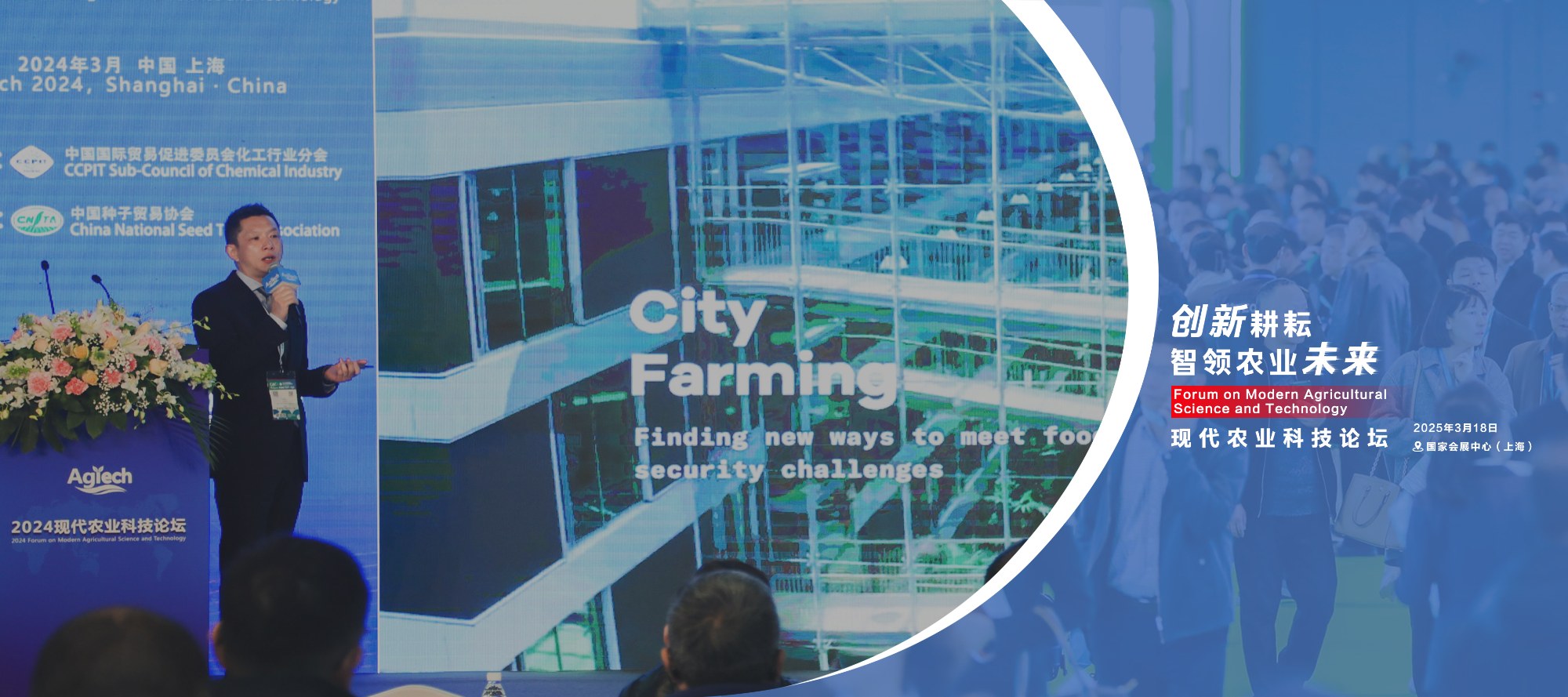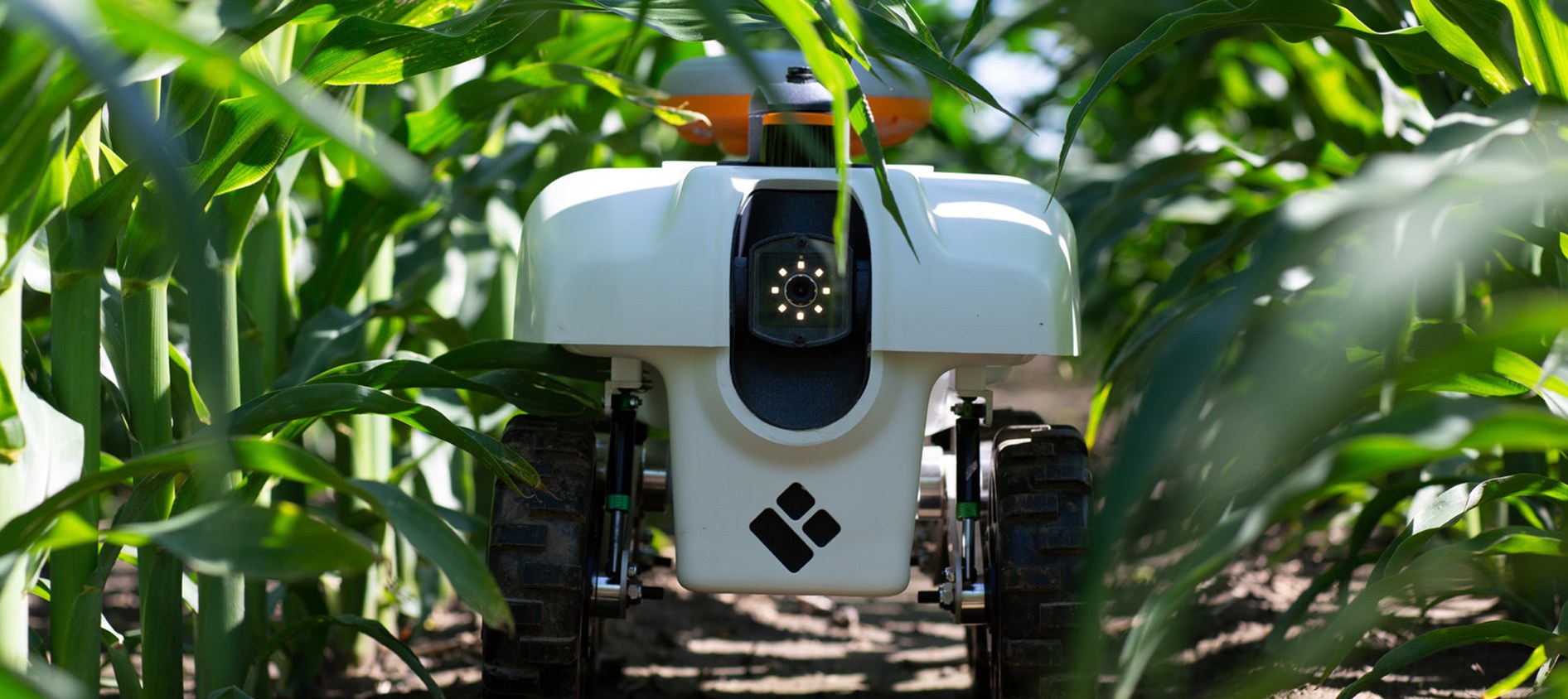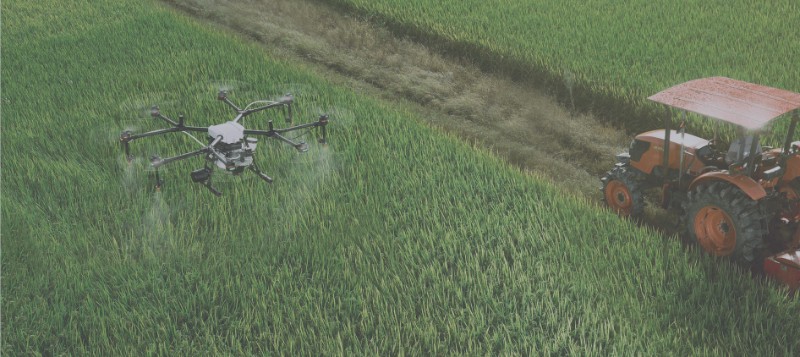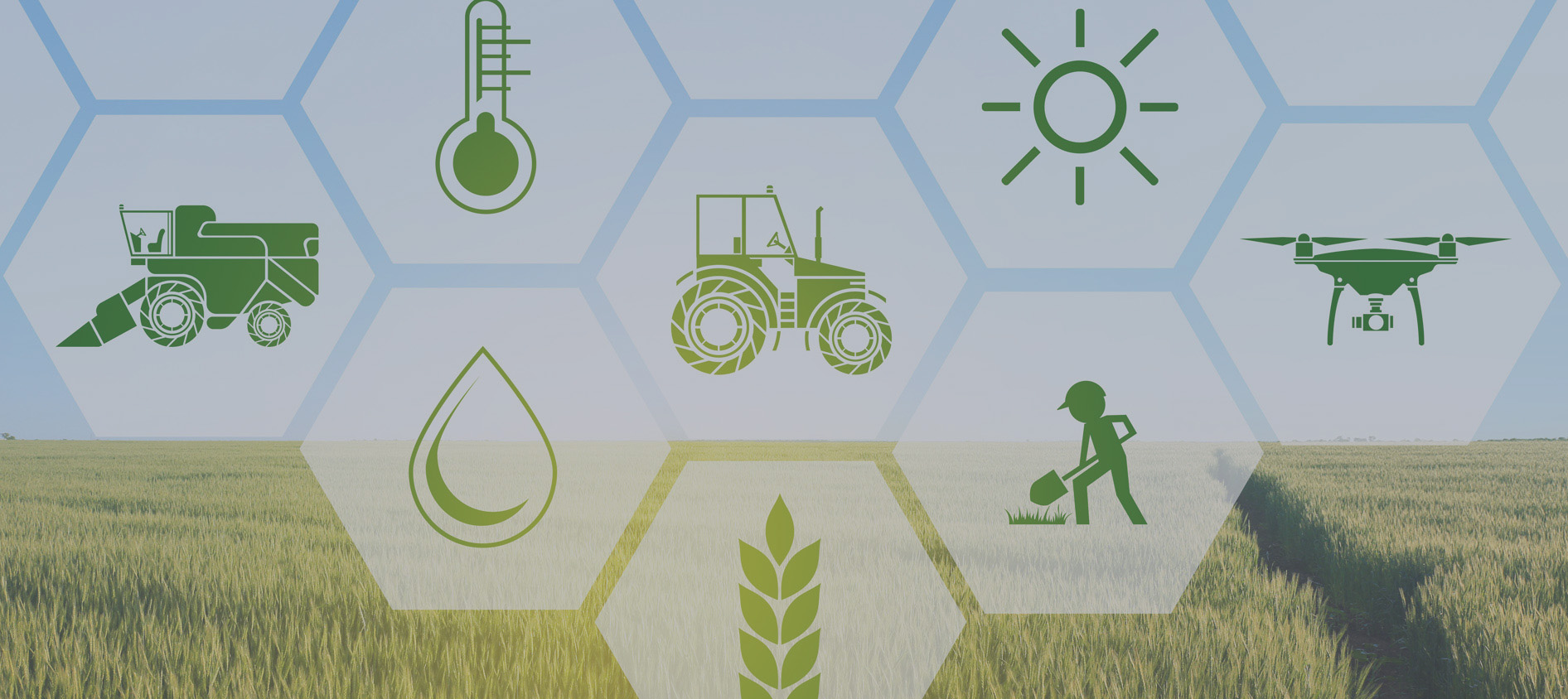Top 10 Agricultural Drone Manufacturers in 2025: Revolutionizing Precision Farming
As the global population surges toward 8.5 billion by 2030, the pressure on agriculture to produce more food with fewer resources has never been greater. Enter agricultural drones—unmanned aerial vehicles (UAVs) that are transforming farming through precision monitoring, targeted spraying, and data-driven insights. In 2025, the agricultural drone market is valued at approximately $3.6 billion and is projected to reach $5.7 billion by 2030, growing at a compound annual growth rate (CAGR) of around 8%. This boom is fueled by advancements in AI, multispectral imaging, and autonomous flight capabilities, enabling farmers to optimize yields, reduce chemical use by up to 30%, and cut labor costs significantly.
Leading manufacturers are at the forefront of this revolution, offering everything from lightweight multispectral scouts to heavy-duty sprayers capable of covering hundreds of acres per hour. This article ranks the top 10 agricultural drone manufacturers in 2025 based on market share, innovation, product diversity, and global adoption. Our selection draws from industry reports, revenue data, and technological impact, focusing on companies dominating the precision agriculture space.
1. DJI (SZ DJI Technology Co., Ltd.) – The Undisputed Market Leader
Headquartered in Shenzhen, China, DJI commands over 70% of the global drone market, including agriculture, making it the powerhouse of 2025. With a workforce exceeding 14,000 and operations spanning four continents, DJI's Agras series—particularly the T50 and T25—redefines large-scale spraying. The T50 boasts an 88-pound payload, 50-minute flight time, and AI-optimized terrain-following for precise application over uneven fields. For monitoring, the Mavic 3 Multispectral provides NDVI mapping and hyperspectral analysis, helping detect nutrient deficiencies early. DJI's ecosystem includes the Agriculture Management Platform, integrating data from over 10 million users worldwide. In 2025, DJI's innovations like swarm spraying reduce operational costs by 20% while minimizing environmental impact, solidifying its position as the go-to for commercial farms.
2. XAG CO., LTD. – Asia's Precision Agriculture Pioneer
Also from China, XAG is DJI's closest rival, specializing in autonomous drones for spraying and seeding. In 2025, XAG's P150 model features a 70-liter tank and 30 liters-per-minute flow rate, covering 240 acres per hour—ideal for vast Asian rice paddies and Brazilian soy fields. The company's partnership with CNH Industrial has expanded its reach to Latin America, where the P60 offers a cost-effective 30-liter option for mid-sized operations. XAG's AI-driven analytics predict crop yields with 95% accuracy, and its modular design allows seamless payload swaps. With a focus on sustainability, XAG drones cut pesticide use by 30%, earning accolades for eco-friendly farming in over 40 countries.
3. Parrot Drones SAS – Europe's Cybersecurity Champion
France-based Parrot excels in professional-grade drones for precision agriculture, emphasizing data security and European compliance. The ANAFI USA, with thermal and multispectral sensors, is NDAA-compliant and ideal for secure crop scouting in regulated markets like the EU and U.S. In 2025, Parrot's Bluegrass drone integrates AI for real-time NDVI analysis, detecting pests before visible damage. With over 500 employees and a focus on photogrammetry, Parrot serves defense-adjacent ag applications, offering 512-bit encryption to protect sensitive farm data. Its expansion into 3D mapping has boosted adoption in vineyards and orchards, where it improves yields by 15% through targeted irrigation.
4. AeroVironment, Inc. – U.S. Defense-to-Ag Crossover Innovator
California's AeroVironment, a defense giant, has pivoted to agriculture with rugged, autonomous UAVs like the Puma AE and Quantix. In 2025, following its $4.1 billion merger with BlueHalo, the company enhances ag drones with AI swarm control for large-scale monitoring. The Quantix hybrid VTOL covers 1,500 acres per flight, using hyperspectral sensors for soil health and disease detection. Trusted by the U.S. military, AeroVironment's drones emphasize durability in harsh conditions, reducing downtime by 40%. Its commercial push has captured 10% of the North American ag market, with applications in precision spraying that save 25% on inputs.
5. Yamaha Motor Co., Ltd. – The Spraying Specialist
Japan's Yamaha brings industrial reliability to ag drones with the RMAX and FAZER models. The unmanned RMAX, a helicopter-style UAV, sprays up to 100 acres per hour with pinpoint accuracy, using GPS for variable-rate application. In 2025, Yamaha's focus on heavy-payload (up to 50 kg) drones suits rice and tea plantations in Asia. With over 50 years in motorized tech, the company integrates thermal imaging for night operations, cutting labor needs by 50%. Yamaha's global network ensures robust support, making it a staple for large estates worldwide.
6. Trimble Inc. – Geospatial Precision Powerhouse
U.S.-based Trimble, through its Applanix subsidiary, delivers sensor-heavy drones for mapping and analytics. The Trimble X9 integrates LiDAR and multispectral cameras for 3D crop models, aiding irrigation planning with centimeter accuracy. In 2025, Trimble's ecosystem connects to farm management software, serving over 150 countries. Its focus on resources like forestry and utilities extends to ag, where it optimizes yields by 20% via data fusion. With offices in 40+ nations, Trimble excels in integrated solutions for sustainable farming.
7. AgEagle Aerial Systems Inc. – Affordable Mapping Experts
Wichita, Kansas-based AgEagle specializes in fixed-wing drones like the eBee series for NDVI and thermal mapping. The eBee X handles 1,200 acres per flight, with Green UAS certification ensuring U.S. compliance. In 2025, AgEagle's multispectral sensors detect water stress early, boosting efficiency in row crops. Priced under $20,000, it's accessible for mid-sized U.S. farms, with recent White House recognition highlighting its role in domestic production.
8. Sentera – Sensor-Driven Data Analytics Leader
Minnesota's Sentera focuses on plug-and-play sensors for drones, powering the PHX fixed-wing for vegetation analysis. Its Double 4K sensor delivers stand counts and weed detection at 99% accuracy. In 2025, Sentera's AI platform processes data in real-time, integrating with John Deere systems for automated prescriptions. Ideal for U.S. corn and soy, it reduces scouting time by 70%, making it a favorite for data-centric operations.
9. Hylio – American Swarm Spraying Innovator
Texas-based Hylio leads in U.S.-made sprayers, with the AG-210 capable of 50-acre swarms. In 2025, its new 40,000 sq ft facility ramps production to 5,000 units annually, emphasizing NDAA compliance. Hylio's intuitive UI and fast-charging batteries cut costs by 25%, targeting labor-short U.S. farms. As a DJI alternative, it promotes domestic manufacturing amid trade tensions.
10. Rotor Technologies Inc. – Heavy-Lift Disruptor
New Hampshire's Rotor unveiled the Sprayhawk in 2025—the world's largest ag drone with a 110-gallon tank and 240-acre-per-hour coverage. Based on the R44 helicopter, it flies 50 minutes at 80 mph, priced at $900,000 for elite operations. MIT-engineered for crop dusting and firefighting, its LIDAR avoids obstacles autonomously. Limited to 15 units initially, Rotor targets U.S. and Brazilian mega-farms, promising 50% labor savings.
The Future of Ag Drones: Trends and Challenges in 2025
These manufacturers are driving key trends: AI for predictive analytics, hybrid VTOL for versatility, and 5G for real-time data. Challenges include rural connectivity (affecting 43% of farms) and regulations like FAA Part 137 for spraying. As adoption grows—especially in North America (37% of operations)—expect prices to drop 20% and flight times to extend via better batteries.
In summary, 2025 marks a pivotal year for agricultural drones, with these top manufacturers enabling sustainable, high-yield farming. From DJI's dominance to Rotor's bold innovations, investing in these technologies isn't just about efficiency—it's about securing food for the future. Farmers and agribusinesses should evaluate based on farm size, budget, and local regulations to choose the best fit.
